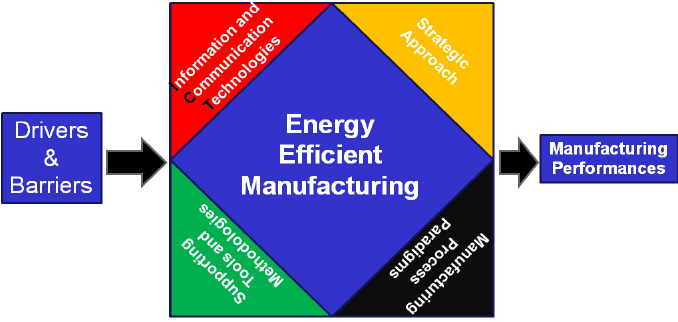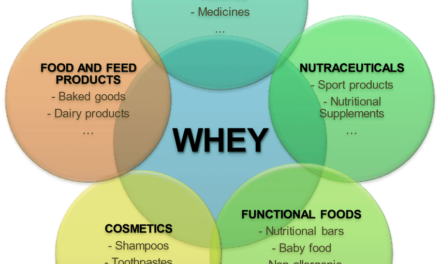Innovations in energy efficiency for grain processing are helping reduce costs, enhance sustainability, and meet regulatory requirements. These improvements address key stages such as drying, milling, storage, and transportation. Here’s how advancements are transforming energy efficiency in grain processing:
1. High-Efficiency Grain Dryers
- Innovation: Modern grain dryers are designed to optimize energy use during moisture removal, a major energy-intensive step in processing.
- Features:
- Heat Recovery Systems: Capture and reuse exhaust heat to preheat incoming air, reducing fuel consumption.
- Low-Temperature Drying: Uses ambient air or solar-assisted systems for gradual moisture removal.
- Smart Controls: Monitor grain moisture and environmental conditions in real-time to adjust drying settings automatically.
- Impact: Cuts fuel use, lowers drying costs, and minimizes grain damage.
- Example: Continuous flow dryers with variable heat settings improve energy efficiency by up to 30%.
2. Advanced Milling Technologies
- Innovation: Energy-efficient milling systems reduce the power needed for grinding and sieving grains.
- Features:
- Roller Mills: Use compression rather than impact, requiring less energy than hammer mills.
- Variable Frequency Drives (VFDs): Adjust motor speeds based on load requirements, optimizing energy use during operation.
- Cryogenic Milling: Uses liquid nitrogen to grind grains more efficiently with reduced energy consumption.
- Impact: Reduces electricity use, increases throughput, and minimizes wear on equipment.
- Example: Flour mills integrating VFDs achieve energy savings of up to 20%.
3. Integrated Process Automation
- Innovation: Automation systems optimize energy use across the processing facility.
- Features:
- SCADA Systems: Provide real-time monitoring and control of energy-intensive equipment.
- IoT Sensors: Track energy consumption and identify inefficiencies in processes like drying, milling, and transportation.
- Predictive Maintenance: Prevents energy losses by detecting equipment inefficiencies or potential failures early.
- Impact: Streamlines operations, reduces downtime, and cuts overall energy consumption.
- Example: Grain processing plants using SCADA systems achieve up to 25% improvement in energy efficiency.
4. Improved Storage Technologies
- Innovation: Efficient storage systems minimize energy use while maintaining optimal grain quality.
- Features:
- Aeration Systems: Use fans and automated temperature controls to prevent spoilage without overcooling.
- Insulated Silos: Reduce heat transfer, lowering energy needs for temperature control.
- Solar-Powered Ventilation: Uses renewable energy to manage airflow in storage units.
- Impact: Reduces energy costs associated with cooling and minimizes post-harvest losses.
- Example: Smart aeration systems with automated controls reduce energy usage by up to 40%.
5. Renewable Energy Integration
- Innovation: Renewable energy sources like solar, wind, and biomass are being integrated into grain processing operations.
- Applications:
- Solar panels power equipment such as dryers, conveyors, and fans.
- Biomass burners utilize agricultural residues like husks for heating purposes.
- Wind turbines supply clean electricity to processing facilities.
- Impact: Cuts reliance on fossil fuels and aligns with sustainability goals.
- Example: Solar-assisted grain dryers reduce fuel costs by up to 50%.
6. Energy-Efficient Conveying Systems
- Innovation: Upgraded material handling systems reduce energy demands for moving grains within facilities.
- Features:
- Gravity-Based Conveyors: Leverage gravity for material movement, requiring minimal energy input.
- Pneumatic Conveyors with Variable Airflow: Optimize air pressure and flow to reduce energy use.
- Low-Friction Belts: Minimize resistance and power consumption.
- Impact: Improves operational efficiency and reduces electricity costs.
- Example: Pneumatic conveyors with energy-optimized fans lower energy consumption by 15–20%.
7. Waste Heat Recovery
- Innovation: Systems capture and reuse heat generated during grain processing.
- Applications:
- The heat from exhaust air in dryers is redirected to preheat incoming air or water.
- Excess heat from milling equipment is used to maintain building temperatures or power other processes.
- Impact: Reduces energy waste and operating costs.
- Example: Heat recovery systems in drying operations can improve energy efficiency by up to 30%.
8. Precision Agriculture Integration
- Innovation: Better control of grain moisture at harvest reduces drying energy requirements.
- Features:
- Sensors and IoT devices monitor grain moisture levels before harvest.
- Data analytics optimize harvest timing, reducing post-harvest drying needs.
- Impact: Saves energy by lowering the initial moisture content of grains entering processing facilities.
- Example: Precision moisture sensors lead to a 10–15% reduction in drying energy.
9. Advanced Insulation and Facility Design
- Innovation: Improved building designs minimize energy loss in processing facilities.
- Features:
- High-quality insulation in processing and storage areas.
- Energy-efficient lighting systems such as LEDs.
- Strategic facility layouts that reduce the need for conveyors or excessive airflow systems.
- Impact: Lowers heating, cooling, and lighting costs, contributing to overall energy savings.
- Example: Retrofitting older facilities with modern insulation reduces energy consumption by up to 25%.
10. Collaboration with Energy Management Platforms
- Innovation: Energy management systems optimize facility-wide energy use.
- Features:
- Benchmarking tools compare energy use across multiple processing facilities.
- AI-driven algorithms recommend energy-saving measures.
- Renewable energy integration for peak load management.
- Impact: Enables continuous improvement in energy efficiency.
- Example: Facilities using AI-driven platforms report a 20–30% reduction in overall energy costs.
11. Adoption of Circular Economy Practices
- Innovation: Reuse of by-products and waste from grain processing to generate energy.
- Applications:
- Husky and bran are used as fuel for biomass boilers.
- Fermenting by-products to produce biogas.
- Impact: Reduces waste and lowers external energy demands.
- Example: Biomass boilers powered by grain husks can meet up to 50% of a facility’s energy needs.
12. Real-Time Energy Audits
- Innovation: Continuous monitoring of energy use identifies inefficiencies and savings opportunities.
- Features:
- Smart meters provide real-time data on energy consumption at each stage of processing.
- Energy dashboards help operators visualize usage patterns.
- Impact: Promotes proactive energy management and cost savings.
- Example: Real-time audits reveal areas for immediate energy reductions, achieving up to 10% savings.
Conclusion
Innovations in energy efficiency are transforming grain processing by reducing operational costs, enhancing sustainability, and optimizing productivity. Technologies like advanced grain dryers, renewable energy integration, and smart automation systems are helping processors achieve significant energy savings while maintaining product quality. These advancements not only benefit the industry economically but also align with global efforts to reduce carbon emissions and promote sustainable food systems.
Hashtags
#SustainableGrainProcessing #EcoMilling #EfficientFoodProduction #GreenTechRevolution #SustainableManufacturing #SmartFoodProcessing #EcoFriendlyGrain #InnovativeFoodTech #SustainableProcessing #CleanTechRevolution #EfficientMilling #GreenFoodIndustry #FutureOfFoodTech #EcoEfficientProcessing #SustainableFoodProduction #SmartGrainProcessing #CleanMilling #InnovativeFoodProduction #EcoFriendlyTech #SustainableFoodRevolution









